ATHENS (Day 7 - part 3)
We made our way back down the hill.
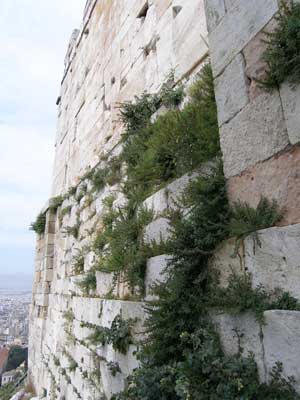
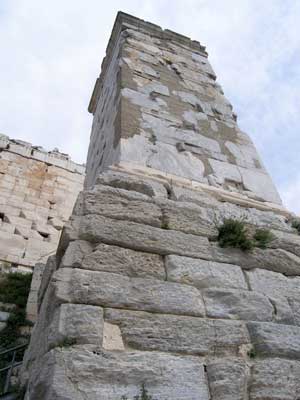
The outer wall of the Propylaea and the Monument to Agrippa
The tall pedestal was originally built by King Eumenes II of Pergamon in 178 BC and was topped with a statue of a chariot pulled by four horses to commemorate his victory in the Panathenaic games. In 27 BC, it was replaced by a statue of Marcus Vipsanius Agrippa, son-in-law of the Roman Emperor Octavian Augustus.
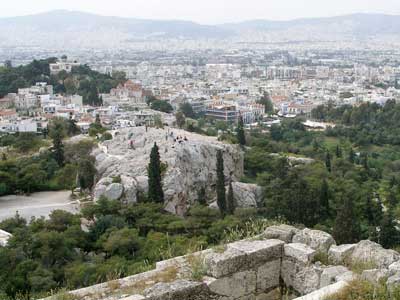
Looking down on Mars Hill, where we had stood several days before


Exiting though Beule Gate ... and glancing back up at the Propylaea from the other side
The gate, named after the French archaeologist Ernest Beule who explored this area in 1852, was added in the year 280 together with a strong fortification wall to restrict access to the temples, perhaps as a response to the destructive invasion of the Herulians in 267 AD.
It was a long walk to the Byzantine and Christian Museum near Syntagma Square.

Cutting through the Roman Agora
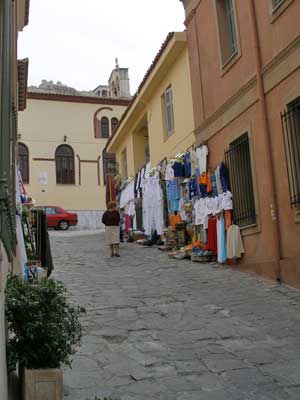
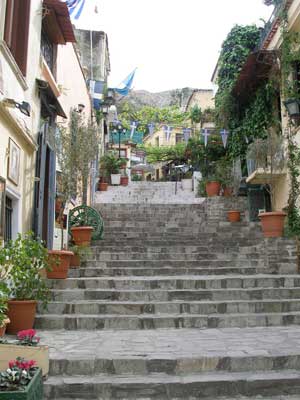
Charming city streets
The museum was founded in 1914 and houses over 25,000 artifacts. It is one of the most important museums for Byzantine art.
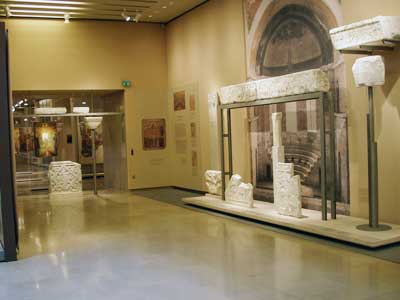
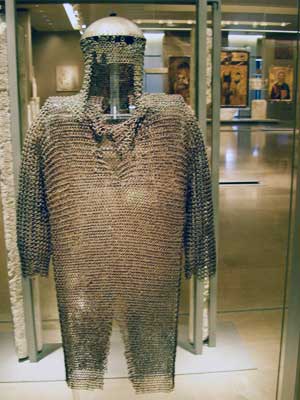

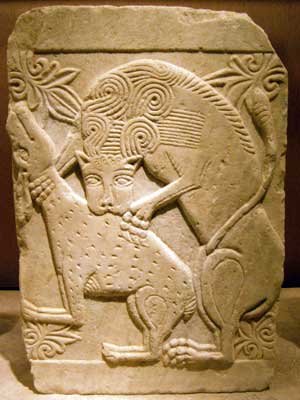
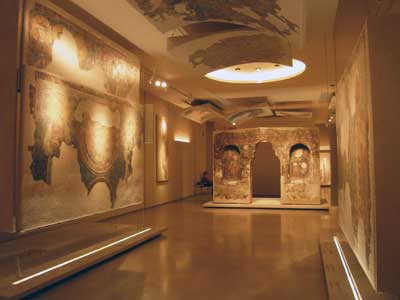

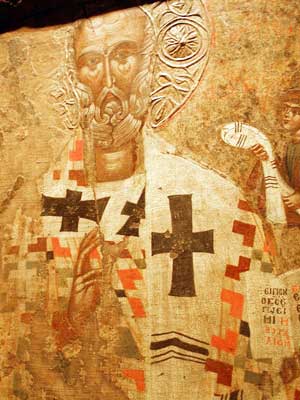

15th century icon of St. Nicholas ... and a 14th century icon St. Jerusalem and her three sons, Saints Sekendos, Sekendikos and Kegoros
St. Jerusalem (also Hierosaleme or Rosalia) is the patron saint of Veroia in Macedonia, northern Greece. After her husband died, she left her home of Alexandria and began traveling and preaching through Greece. Eventually she was brought before the ruler of Thessaloniki (the capital of Macedonia) who tortured her for her faith. Her sons were also killed: one was dragged behind horses, the second was beaten to death with sticks and the third was forced to wear a heated helmet. In the end, she was beheaded (sometime between 276 and 282 AD).
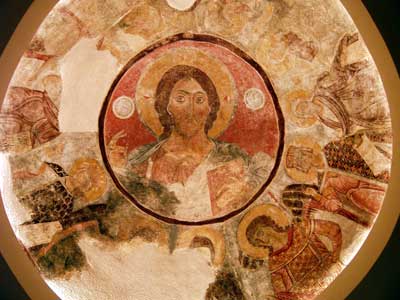
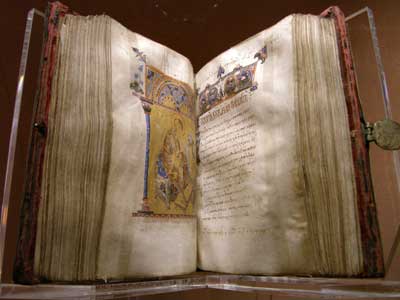
We left the museum and made it in time to see the changing of the guard in Syntagma Square. Today they were wearing their regular uniforms. The doulama (or tunic) is what soldiers of the Macedonian Struggle (1904 - 1908) used to wear. It is a dark blue wool in winter and a khaki cotton in summer.


The guards paraded about with very slow, stiff, deliberate movements. They would walk toward each other, past each other, stood looking at the monument, stood facing other, stood facing forward, smacked the butts of their guns loudly on the cement, and eventually returned to their guard houses.

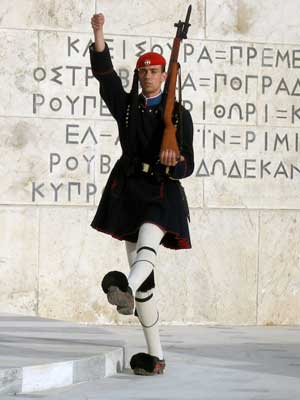
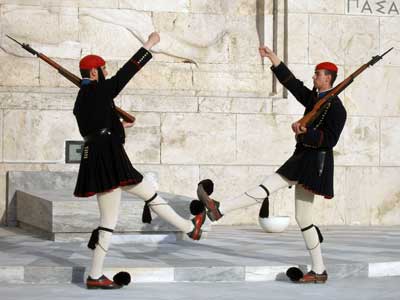
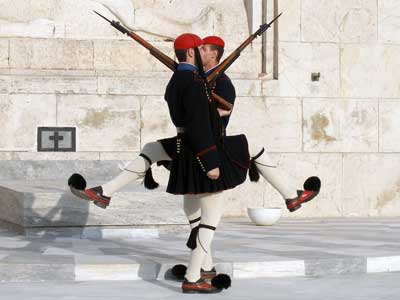
Dinner was at Eden Vegetarian Restaurant.

Vegetarian moussaka (with ground soy) and souvlaki (soy kabobs)
return • continue

